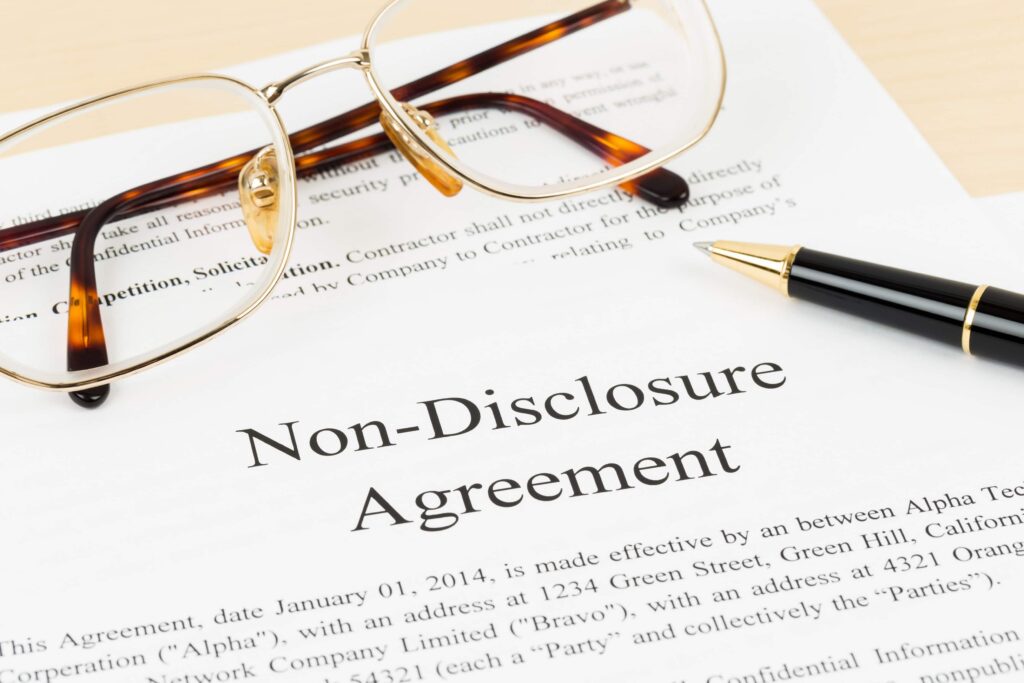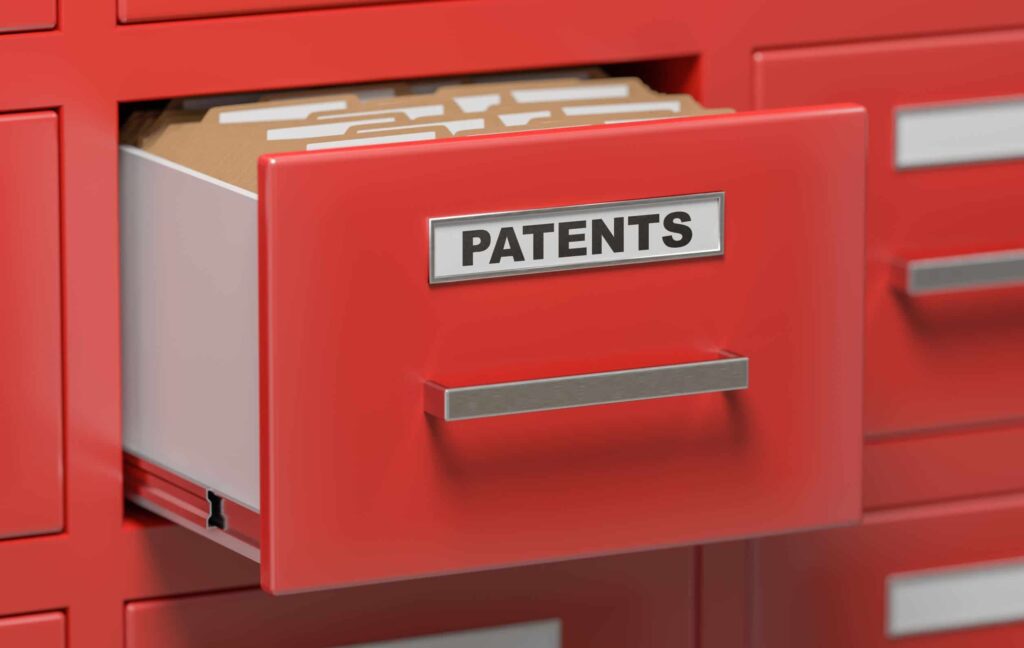'Points to Note When Using Free Materials with Limited Usage such as 'Personal Use OK''

When creating a website for your company, you might consider using free materials for buttons and icons.
However, even though they are referred to as “free” materials, they are not necessarily free to use in all circumstances. In many cases, there are terms and conditions attached. For instance, if the terms prohibit commercial use and only allow private use, and you use these materials for the buttons and icons on your company’s website (which is a commercial use), you could potentially be infringing on copyright laws by using someone else’s work without permission.
In this article, we will first explain the meaning of “free materials”. Then, we will discuss the scope of permissions and provide examples of actual permission cases.
https://monolith.law/corporate/legal-liability-for-using-non-free-material-images[ja]
https://monolith.law/corporate/quote-text-and-images-without-infringing-copyright[ja]
What is Free Material?

The term “free material” is commonly used, but it is used in various ways. The word “free” has meanings such as “unrestricted, unbound, without constraints, having freedom of action, possessing (human rights and political) freedom, independent, liberal, open to participation, voluntary, and under a free system”.
Weblio English-Japanese / Japanese-English Dictionary
Considering the meaning of the term “free”, “free material” can be thought of as material that can be used freely without obtaining permission, such as when the copyright protection period has passed or when the copyright has been waived (however, when the copyright has been waived, it is necessary to use it within the range that does not infringe on the author’s moral rights).
However, in some cases, the term “free material” is used to mean that no royalty (usage fee) is required for permission. As will be mentioned later, like “Irastoya”, the copyright exists and is being used with permission, so if it is not used within the scope of the permission, it will naturally be a copyright infringement. Therefore, first, I will explain the scope of permission when using free materials.
Scope of Permission When Using Free Materials
Article 63 of the Japanese Copyright Law stipulates the following regarding the permission to use copyrighted works:
(Permission to Use Copyrighted Works)
1. The copyright holder can grant permission to others to use their copyrighted work.
2. Those who have obtained the permission mentioned in the previous paragraph can use the copyrighted work within the scope of the method and conditions of use related to that permission.
Article 63 of the Japanese Copyright Law
As stipulated in the above article, when using free materials, it is necessary to use them “within the scope of the method and conditions of use related to that permission”. The scope of permission for free materials may be defined in the terms of use as follows:
Private Use
When used personally, you are free to use the materials.
Commercial Use
Commercial use refers to the act of using free materials for the purpose of making money, not for personal use. If you are using free materials for buttons or icons on your company’s website, you need to check the terms of use to see if commercial use is allowed. Even if commercial use is permitted, there may be restrictions, such as prohibiting the sale of products printed with the free materials.
Individual Use
This pertains to the entity using the free materials. Only individuals are allowed to use them.
Corporate Use
This also pertains to the entity using the free materials. If a corporation uses the materials despite only individual use being permitted, it may constitute copyright infringement.
Modification
It is necessary to thoroughly check the provisions regarding modification. There is no problem if you use the materials as they are, but for example, if you cut out a part of the free materials and use it, it may constitute copyright infringement if modification is not allowed.
Credit Attribution
When using free materials, the terms of use may stipulate that credit attribution is necessary to indicate the copyright ownership. The method of credit attribution may also be stipulated in the terms of use, so you need to attribute credit according to the method specified in the terms of use.
Link Posting
The terms of use may require you to post a link to the free material provider’s site. The method of link posting may also be stipulated in the terms of use, so it is necessary to thoroughly check the terms of use.
The Importance of Checking Terms of Use When Using Free Materials

In the above, we have generally explained the scope of permission when using free materials. Below, we will provide a more specific explanation using actual terms of use as examples.
There are many sites that provide free materials, and one of the most commonly seen is a site called “Irasutoya”.
Therefore, we will explain using the terms of use posted on the “Irasutoya” site as an example. The terms of use of “Irasutoya” are as follows:
(About using Irasutoya)
Terms of Use
The materials distributed on this site can be used for free within the scope of the terms, regardless of individual, corporation, commercial, or non-commercial use. Please check the “Frequently Asked Questions” for details before using. (Omitted)In the following cases, we will respond for a fee. Please contact us from the “Contact” menu.
Commercial design using 21 or more materials
Creation of high-resolution data of materials (sample of high-resolution illustration)https://www.irasutoya.com/p/terms.html
Copyright
Although the materials on this site can be used for free, the copyright is not waived. All copyrights of the materials are owned by me, Takashi Mifune.
You can freely edit and process the materials within the scope of the terms. However, there is no transfer or movement of copyright, regardless of the presence or absence of processing, or the degree of processing.”
In the above terms of use, it is stipulated that “you can use it for free regardless of individual, corporation, commercial, or non-commercial use”, so you can use it without paying royalties within the scope of the stated purpose.
However, “commercial design using 21 or more materials, creation of high-resolution data of materials” is paid, and these actions are not included in the scope of permission that does not require royalties. Also, regarding copyright, it is clearly stipulated that “Although the materials on this site can be used for free, the copyright is not waived.”, and it is understood that it is not a waiver of copyright, but merely a permission without royalties.
For sites that provide free materials, terms of use are prepared, so it is important to carefully check the extent to which they are permitted and what actions cannot be taken, and to use free materials accordingly.
Summary
We have discussed the points to note when using free materials that are limited to certain uses, such as “personal use OK”. When using free materials, it is important not to assume that you can use them freely and without any problems. Instead, you should first carefully check the terms of use posted on the website or other platforms that provide the free materials. By thoroughly confirming what purposes you can use them for and what actions you can take under the terms of use, you can avoid inadvertently infringing on copyright.
However, terms of use related to copyright often contain many legal terms. Therefore, if you want to make sure there are no issues with your use of the copyright, it would be advisable to seek advice from a lawyer.
Category: General Corporate
Tag: General CorporateIPO





















